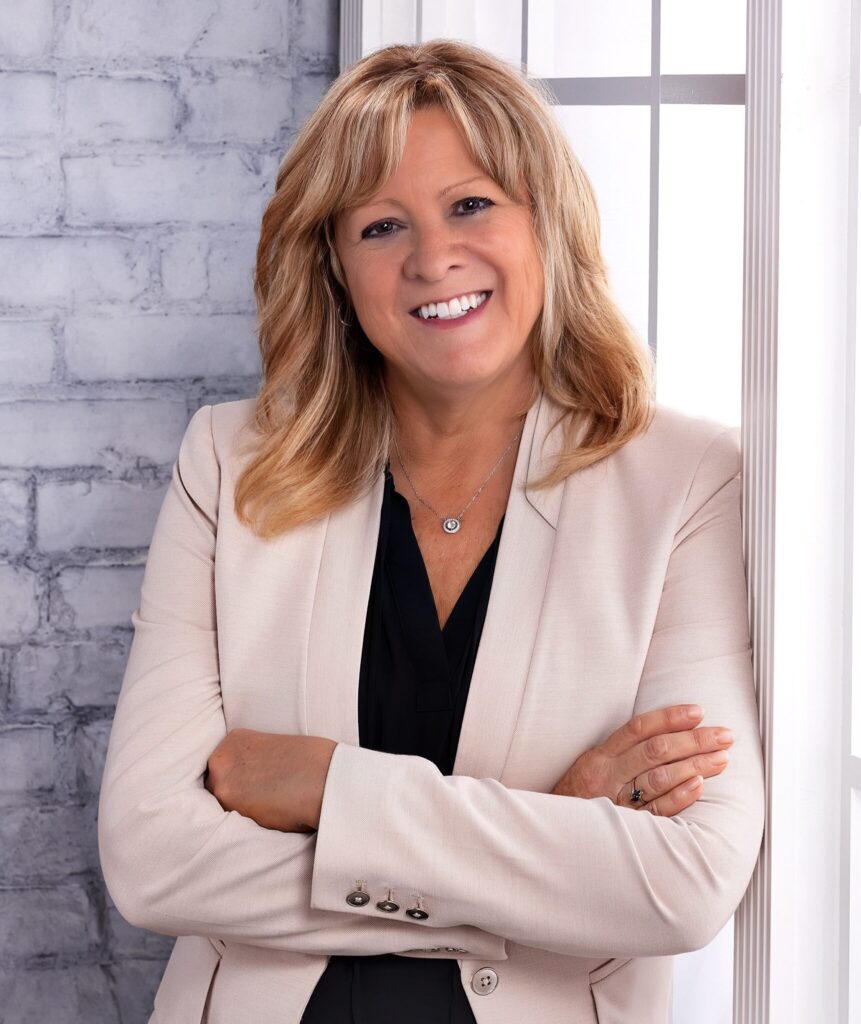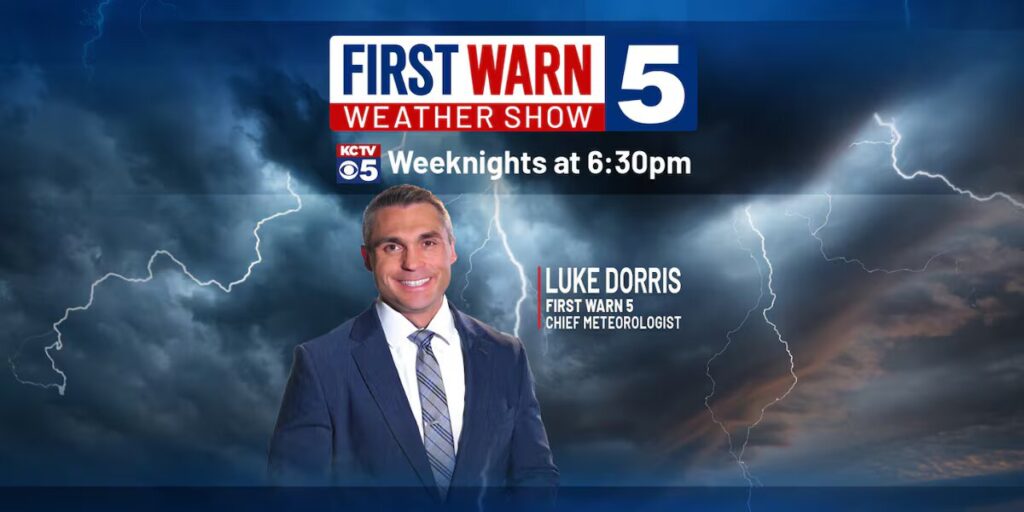
TVN Newsroom Innovators | CNN’s Anderson Cooper Goes ‘Full Circle’ With Smartphone Production

Before COVID-19 made social distancing a must, it probably didn’t occur to many TV news execs to have their most famous on-air talent broadcast from an office via smartphone. But here we are.
Out of health concerns in March, CNN regulated newsroom access to a few essential workers, forcing its OTT offering Anderson Cooper Full Circle to shut down. The show made a valiant comeback in August, however, after some tech-savvy, pandemic-compelled pivots behind the scenes.
“We wanted to do it quick, simple and cheap,” says Jason Holterhaus, senior director of video production operations at CNN Digital.
The groundwork was set when members of CNN’s sales team urged Digital to put Markets Now, another one of its shows shut down by COVID-19, back on. Holterhaus and his team dusted off some high-end computers that were used to cover the 2017 solar eclipse with a 360-degree virtual reality livestream, setting them up in his home.
“We pulled those out of a closet and fired ’em up and loaded up vMix, which in the moment of the pandemic seemed to become everybody’s go-to solution for live-streaming production,” Holterhaus says.

Jason Holterhaus says his CNN Digital crew has been “beyond impressed” with the remote technology’s capabilities. “We’re now looking for what our next steps are,” he says, “whether that is expanding upon the vMix infrastructure, so we can do more production, or expanding some other distributed, cloud-based control-room production models from the Digital side.” (CNN photo)
His team plotted a new, socially distant workflow, and Markets Now was up and running after just a two-week hiatus. With the transition pulled off, their minds shifted to a Full Circle return, believing the conditions just right for what they’d always hoped to get out of the show: the more casual side of Anderson Cooper.
Soon, Full Circle sponsor Samsung also knocked on the (virtual) door, expressing wishes to get it back on the air as well — this time with an opportunistic twist.
“They wanted Anderson and other portions of the program to be shot on Samsung phones,” Holterhaus said. “That was another piece of the puzzle that we had to figure out.”
Since August, three days a week starting around 6 p.m., Cooper has broadcast Full Circle from his office at Hudson Yards in Manhattan. Propped up in front of him are two Samsung Galaxy Note20 phones, one operating as a camera, the other providing his signal feed.
“His office was not exactly ‘camera ready,’ ” Holterhaus discloses. “We had to do a little quick painting and hang up some artwork to make it look [presentable].”
The effort paid off. With the office upgrades — as well as some fresh graphics — Full Circle was eye-appealing enough for viewership, so much so that it earned a perfect-10 score on the lockdown-launched Twitter account “Room Rater,” whose users judge background settings for video-conference broadcasts. Holterhaus says his team was quite proud of the high praise.
Flowing through the Full Circle vMix feed, remotely, using the Call feature: a senior producer, line producer, editor, graphic designer, prompter operator and TV director. The team engages with Unity Intercom as well, while Cooper receives his return signal through vMix Call, too.
There’s been experimentation of vMix running on cloud instances, Holterhaus adds, with SRT and WebRTC streaming protocols integrated into the platform to provide low-latency video transmission for the host and his guests. The production team also uses the LiveU platform and the now-staple work-from-home tools Slack and Dropbox.
The crew has been “beyond impressed” with the technology’s capabilities, Holterhaus says.
“We’re now looking for what our next steps are,” he says, “whether that is expanding upon the vMix infrastructure, so we can do more production, or expanding some other distributed, cloud-based control-room production models from the Digital side.”
Holterhaus describes Cooper, in his personal response to the tech turn, as a “happy camper” as well.
“The intimacy is pretty neat for him, the fact that he can just pop on at any point and just do a show,” Holterhaus says. “It’s also been good for us and for him, frankly, for flexibility — nights that he’s had other pretapes for 360, or is anchoring debate coverage, and we’ve had to shift the show a little bit, it’s very simple for us to do with the way we have the technology set up.”
The pandemic-prompted break doesn’t appear to have hurt Full Circle’s audience either. According to CNN, the show has enjoyed a 7% boost in user engagement this year, driven by 112% growth on mobile, while the live show has seen an audience boost of 53% since its relaunch in August — all signs that indicate the consumer demand for digital is very real.
“Anderson Cooper Full Circle is CNN’s first streaming show that we’ve delivered straight to our users,” Courtney Coupe, VP of CNN Digital productions, said via email. “Through it, we’ve developed a community around the news viewing experience, which is so important to both our audience and to us as a brand during this critical time in the world. The work Jason Holterhaus and his team have done to get this streaming show on the air has been extraordinary, and most important, it enabled this unique show to reach so many people at a time where users need and want it.”
Holterhaus says CNN’s backing of Full Circle reveals that the network is “absolutely taking our digital platforms as seriously as we do the TV platforms.” It’s likely that when — not “if” — broadcasting reaches an OTT inflection point, with digital representing the majority of viewership, squadrons like the one Holterhaus oversees will be in prime position for success.
“We’re all pretty much sold that the idea on the digital side of everyone having to walk into a control room at the same time everyday seems to be an antique idea,” Holterhaus says. “In terms of duplicating this for other talent across CNN, it’s something we’ve batted around.”
Perhaps the new normal has already arrived in TV news, slightly ahead of schedule, with innovation ironically spurred by once-fearsome pandemic restrictions.
Since August, Anderson Cooper has been producing his Full Circle program via smartphones. The move signals that CNN is starting to take its digital-only shows as seriously as its linear broadcast. Click To TweetEditor’s Note: This is the latest of TVNewsCheck’s “Newsroom Innovators” profiles, a series showcasing people and news organizations evolving the shape and substance of video reporting. These profiles will examine the inception of their innovations, the tools they employ and how they’re reconciling experimental approaches to news storytelling within daily workflows. You can find the others here.
























Comments (0)